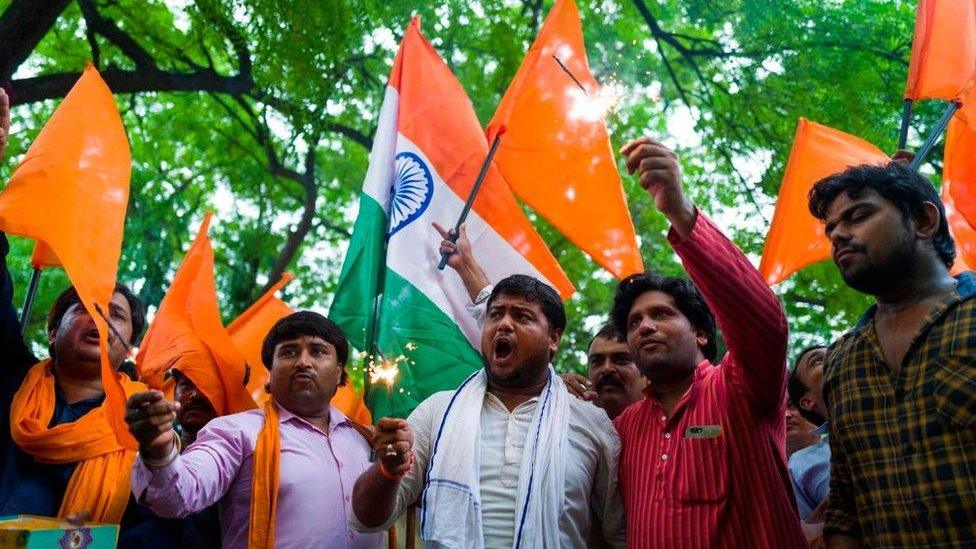Kashmir crisis 2019: Between a rock and a hard place
- Published
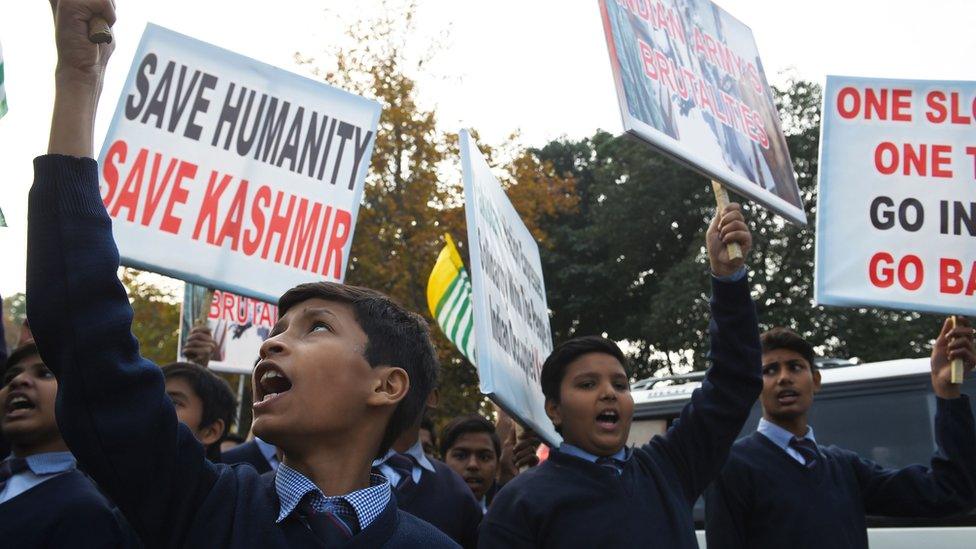
Children in Pakistan protest against the lockdown in Indian-administered Kashmir
The year 2019 has been one of dramatic political eruptions in Kashmir, a Himalayan region divided between and disputed by Pakistan and India.
A climax of sorts came in August when the Indian government amended its laws to annex the part of Kashmir it controls, leaving the world in shock.
But Kashmir is a region used to upheaval: India and Pakistan fought three wars here since their independence from British colonial rule in 1947, and a Pakistan-backed Islamist insurgency has been raging across the region in undulating waves since the 1980s, leaving more than 70,000 people dead.
Why was 2019 so unnerving for the region?
This year started with an attack linked to the Pakistan-based Jaish-e-Mohammad (JeM) militant group. In February, a 22-year-old resident of Pulwama district in Indian-administered Kashmir, who had gone missing a year earlier, drove an explosives-laden vehicle into an army convoy, killing more than 40 Indian soldiers and himself.
JeM's soon claimed the attack and posted a video of the bomber online.
The Pulwama attack led to India's first cross-border strike on Pakistani territory since the two countries' 1971 war. On 26 February, Indian jets flew into the Balakot region and bombed what they described as a JeM training centre.
Balakot: India launches air strike in Pakistan
The air skirmishes that followed led to the downing of at least two Indian jets, and the capture of one Indian fighter pilot by Pakistan. It was good optics for Pakistan, leading some international observers to conclude that it had come out on top in the Balakot conflict.
However, Islamabad was quick to return the captured pilot as a "goodwill gesture", appreciated by some quarters abroad, but seen by many in Pakistan as an attempt to prevent further escalation for which the country's military was not prepared.
Pakistan went a step further and launched what it said was a move to shut down offices of militant groups in Pakistani-administered Kashmir, apparently to appease international opinion in the face of a rising threat from India.

Read more about Kashmir

Meanwhile, India's Prime Minister Narendra Modi - a right-wing Hindu nationalist - used both Pulwama and the Balakot strikes to mobilise electoral support at home, winning a landslide victory in elections three months later.
His move in August to annex Kashmir came on the wings of that victory, which gave him an unassailable majority in parliament.
But once again, there has been no comparable response from Pakistan. The government of Prime Minister Imran Khan has confined itself to holding rallies and issuing statements expressing support for Kashmiris.
Mr Khan told the BBC he wants a dialogue with India over Kashmir
The country's military spokesman, meanwhile, reported on the high morale of Pakistani troops on the borders, while publicising visits of top military officers to troops deployed on the Line of Control (LoC), the de facto border between Indian- and Pakistani-administered Kashmir.
The government has, however, moved to frustrate attempts by nationalist groups seeking to mobilise popular support against the Indian move.
This was in evidence in early October when Pakistani forces stopped nationalist protesters from crossing into Indian-administered Kashmir despite the protesters' argument that their right to free movement across Kashmir was protected under the UN resolutions.
"We are caught between a rock and a hard place," says Zulfiqar Ali, a former journalist and campaigner for Kashmiri rights. "India was always an enemy to the Kashmiri people, but Pakistan too hasn't done them right."
How did the dispute develop over the decades?
Before Indian independence in 1947, Kashmir was a Muslim-majority state ruled by a Hindu prince. But when India was partitioned to create the Muslim state of Pakistan, the prince was reluctant to join either, preferring to stay independent.
The first battle came shortly afterwards, when Pakistan sent in armed tribal proxies from the north-west to overthrow the prince. Pushed into a corner, the prince then signed accession to India.
The conflict led to a territorial division of Kashmir between India and Pakistan. Pakistan later ceded a small portion of it to China.
India, which was then ruled by the secular, left-of-the-centre Congress party, did not take the Maharaja's accession for granted and in June 1948, it went to the United Nations to arrange for a plebiscite - or vote - so the Kashmiri people could decide which of the three options granted under the 1947 agreement they wished to take.
However, the post-partition acrimony between India and Pakistan prevented them from agreeing on several points essential to hold a plebiscite.
Meanwhile, as parliamentary democracy continued in India, the process of political decision-making in Pakistan slipped into the hands of the military, which had repercussions for the Kashmir dispute.
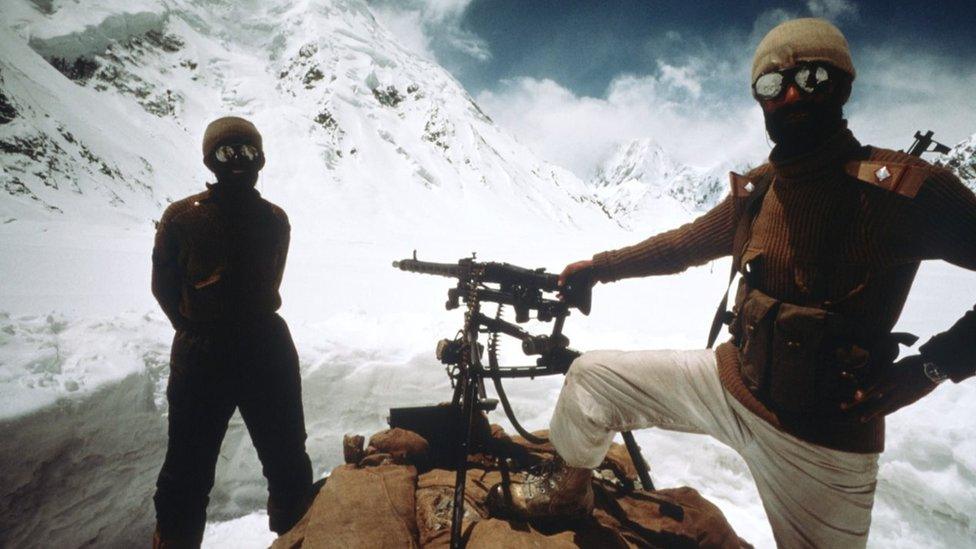
Pakistani soldiers in Kashmir near the border in 1979
In 1965, Pakistan sent thousands of regulars dressed as Kashmiri villagers to incite an anti-India uprising. The move triggered the second India-Pakistan war, which ended in a Pakistani defeat.
During the 1980s, Pakistan pumped in thousands of hardened Islamist militants to conduct a decade-long terror campaign, which it had to bring under control following the 9/11 attacks in the United States.
Could a new form of nationalism emerge?
On a smaller scale and in less visible modes, Islamist militancy continues to have a footprint in Kashmir.
Dr Nazir Gilani, a Kashmiri lawyer who heads a Kashmiri advocacy group based in the UK, blames the Pakistani leadership for undermining chances of a UN-led resolution due to its failure "to understand the jurisprudence of the Kashmir issue".
But others say the Pakistani establishment made up its mind a long time ago that the only solution acceptable to it would be Kashmir's accession to Pakistan. The country's vision of Islamic nationhood collided with the idea that Kashmiris should be allowed to seek independence on grounds of secular nationalism.
"When Pakistan introduced adult franchise in its part of Kashmir back in 1970s, it made it incumbent on contesting candidates to sign a pledge of loyalty to Pakistan, which still remains a standard procedure," says Afrasiab Khattak, a lawyer, politician and former head of the independent Human Rights Commission of Pakistan (HRCP).
This has effectively shut the doors of political process in Pakistani-administered Kashmir on nationalists who support Kashmir's independence from both India and Pakistan.
"During the 1980s, Pakistan initially backed a secular Kashmiri nationalist group, the Jammu-Kashmir Liberation Front [JKLF], to start a popular uprising against Indian rule. But this was a calculated move. They had failed in 1965 to achieve this aim, and believed they had nothing to lose," he added.
"But when the uprising spread, Islamabad started having second thoughts and sent in its Islamist proxies to hit both the Indian interests and the JKLF ranks."
India formally divides Jammu and Kashmir state
So what lies in store for India, Pakistan and the Kashmiris over the next year?
The outburst of anger in Kashmir, and the way it has been sustained over the last four months, is significant.
Mr Khattak believes that post-annexation, a new phase of Kashmiri nationalism is likely to surge. Its success will depend on the extent to which these nationalists can rid their movement of its jihadist legacy, he says.
Zulfiqar Ali agrees: "Kashmiris have come to realise that they cannot depend on external powers to win freedom. There's also a realisation that the movement should be totally indigenous and non-violent.
"As most of the nationalist leadership is either in Indian jails or abroad, a new leadership from among the youth is likely to emerge. This has already been happening since the 2016 killing of Burhani Wani, which sparked spontaneous protests and which have sustained."
- Published10 August 2019
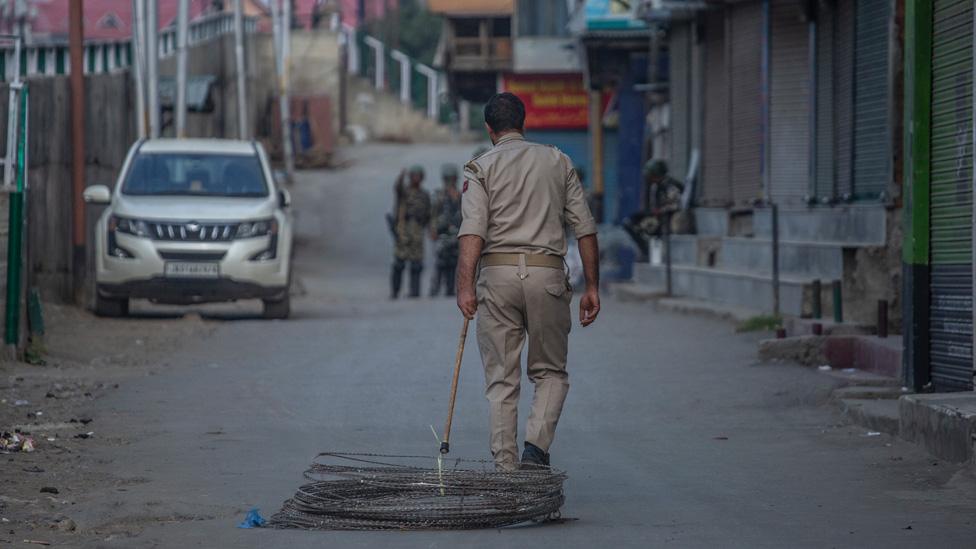
- Published3 October 2019
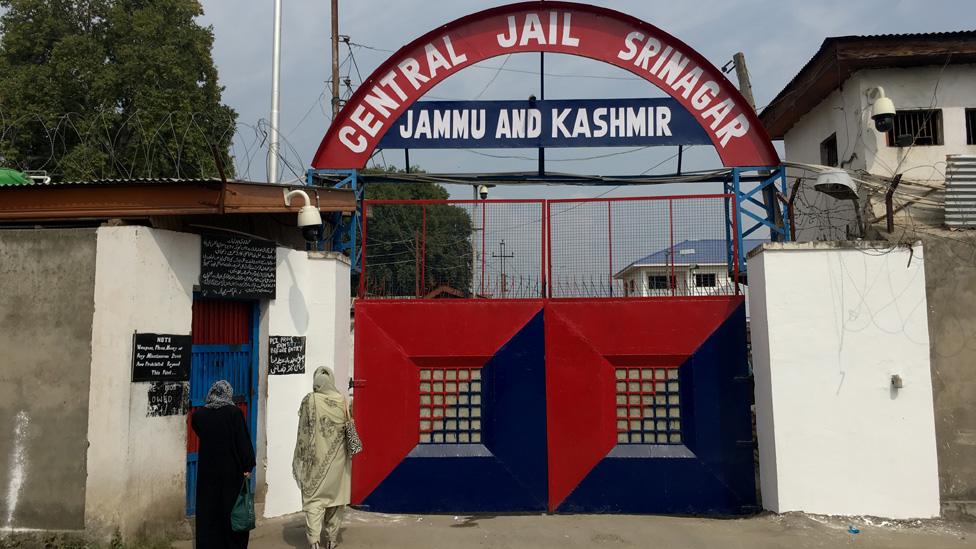
- Published18 September 2019
- Published29 August 2019

- Published14 October 2019
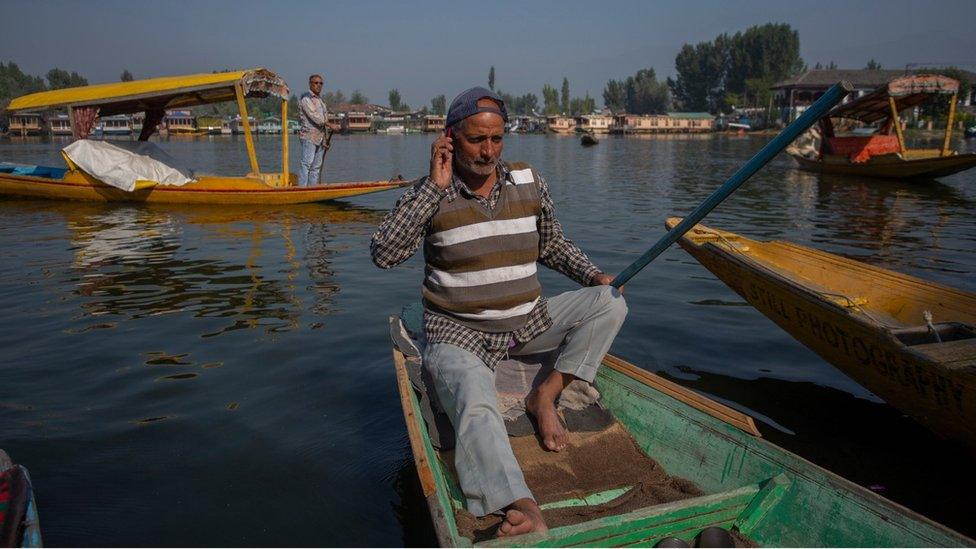
- Published10 September 2019
- Published6 August 2019
